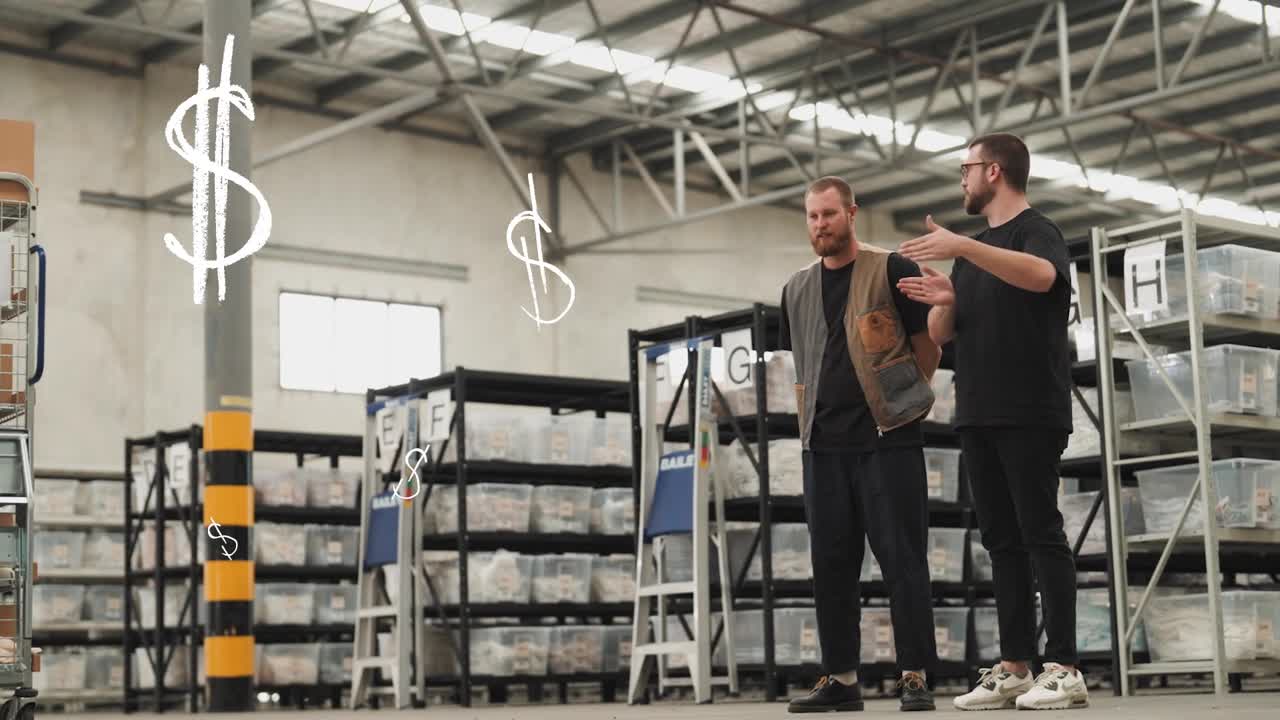It’s often been said that ecommerce has connected us to the entire world transactionally, but perhaps not so much socially, leaving an unfulfillled need for us human “social” creatures. It’s this specific void that the most engaged and popular emerging brands seem to have targeted.
By treating their customers as a community and allowing them to engage with their brand in both the digital and real-world spheres, the outstanding D2C brands of the 20s are tapping into a generational longing for connectivity and somewhere for their thoughts and feelings to matter. The magic is in coupling the accessibility and efficiency of online shopping with the tangible, memorable effect of real-world experience.
Strategic Retail Partners
The days of trying to wholesale your gear to anyone that will stock it, either in-store or online, are long gone. The wider you cast your net, the more diluted your true brand identity becomes. As thoughtfully curated, less widely-available companies grow in status and appeal, those brands available everywhere become homogenised and boring. You also lose out on all-important first-party customer data.
Now is the time to cherry-pick your channels and major wholesale retail partnerships. Exclusivity is appealing, as is the potential for entering new markets by pairing up with a major player in a fresh geography for your brand. Getting this right can allow you to tap into your perfect fit customers and grow a wider community around your brand through positive association.
Marketplaces
With the ridiculous traffic and service provided by Amazon, alongside eBay and other online marketplaces, modern brands would be foolish not to explore these types of potential revenue-generating streams. Particularly early on in the growth journey, the visibility awarded to high-performing products is unparalleled.
For a slightly more cultured approach, sites such as the ASOS marketplace, Lyst and Depop have longstanding appeal, stronger brand recognition and more tailored marketing. Being prominent on these sites provide a greater level in trust in your brand, as well as the ability for consumers to price compare and differentiate between similar labels. The pressure is on to stand out.
“Shop our Instagram” is now on almost every fashion site, and “Shop Now” is on almost every fashion site’s Instagram page. In terms of harnessing the engaged consumer base on social media, this must be one of the most profitable innovations. It has allowed the “social” activity of scrolling your feed to become a commercial opportunity for the retailers, and moreover a transition to the physical for the consumer, who anticipates receiving their items and trying them on before their upcoming event / party / meeting.
Pop-ups
In terms of blending the digital and real-worlds, a successful Pop-up is an ultimate goal. Most ecommerce first brands will never previously have been sold in stores, and certainly not had their own brick-and-mortar shop. However, through the physicalisation of their digital world, even just for one day, they can access and engage online followers in a very real, very tangible way, and dramatically heighten the community vibes.
Someone once said a Pop-Up should “feel like walking into that brand’s Instagram page”. Seeing the products, trying them on, and then being able to order “online” for home delivery is an exceptional way for brands to win new local customers and then take them from real-world to online, whilst moreover catering to longer-term fans who are now both digital followers and real-world advocates for the brand.
Next, it’s worth exploring how on earth you’re supposed to keep up with these trends, and adjust your supply chain to be able to profit from them sustainably.





